When the topic of East Lothian castles arises, Tantallon Castle justifiably receives the lion’s share of the attention. Less than six miles to the west, however, not far from the Firth of Forth coast stands Dirleton Castle, one of the most surprising and beautiful castle ruins in Scotland. I had never heard of Dirleton Castle before I began researching my visit to East Lothian, and I probably never would have found it had I not scoured maps and scores of Web sites in my customary pre-trip planning. There is an upside to being detail obsessed.
I came to Dirleton Castle straight from Tantallon Castle after a somewhat confusing drive through the town of North Berwick. Seeing these two castles back to back provided an interesting comparison. Tantallon is an amazing ruin in an amazing setting. Waves crash against the cliffs beneath the red curtain wall and the Bass Rock looms in the sea not far distant. Dirleton Castle is hidden among gorgeous gardens — you can’t actually see the castle from any road — and as you pass from the trees you look upon an exquisitely preserved facade dripping with the atmosphere of its time.
Dirleton Castle is set within gorgeous grounds and gardens, so if gardens are one of your interests then Dirleton is doubly worth a visit. During my visit I learned that the castle is home to the world’s longest herbaceous border, which is something, I suppose. The real draw, however, is the castle itself: A picturesque ruin dating from the 13th century.
The gardens rise to a rocky outcrop upon which stands the curtain wall and circular towers that were built by John de Vaux in the late 1200s. This is the oldest part of the castle and the most evocative as well. The de Vauxs were Normans who came to Scotland after their historic conquest of 1066, invited by the king of Scotland and granted lands. Dirleton Castle saw much action during the Wars of Scottish Independence as it changed hands between English and Scottish several times.
In the 1300s, the castle passed to the Halyburton family through marriage, and the castle underwent extensive renovations and additions. The Halyburtons built the stout gatehouse and the east range, which contains the cellars, bakehouse, kitchen, great hall, and a chapel with a prison and below that an even darker pit prison, probably for the English.
The 16th century saw the last of the Halyburtons of Dirleton die off, and the eldest daughter married to Lord Ruthven. The castle passed to yet another noble family, and the Ruthvens added a block of lavish bedrooms fitted with such modern touches as leaded glass windows and glazed tile flooring. Eventually, Cromwell made his destructive mark on the castle during the Third English Civil War before the lawyer John Nisbet purchased Dirleton in the early 17th century. His family maintained the castle, beautifying the grounds and installing a walled garden, through to the early 20th century when it passed into the care of Historic Scotland.
I did not expect much when I pulled into the small car park at Dirleton Castle. There were few others here — just some children playing on a nearby jungle gym — but as I passed through the long and beautiful gardens and walked past the 16th-century doocot I got the feeling that this might be one of those “hidden gems” travelers are so eager to find.
Dirleton Castle is remarkably well preserved. This was my overriding thought as I passed through the gatehouse into the grassy courtyard and explored the king’s audience chamber and private chambers. The vaults beneath the great hall are dank, gloomy passages with rounded walls, and the stairs that lead you to the upper reaches of the castle provide wonderful views of the grounds and a different perspective on the ruins.
If you come out to East Lothian to visit Tantallon Castle, you must also stop at Dirleton Castle. Only later did I read that the plan of Dirleton’s 13th-century buildings were mimicked elsewhere in Scotland, at places like Kildrummy Castle (another beautiful ruin in the hinterland east of the Cairngorms National Park), and it’s not difficult to see why, at least from an aesthetics point of view.
Dirleton is such a find. Nearly a year later, it’s still one of the highlights of my trip to southern Scotland.
Disclosure: Historic Scotland provided me with a complimentary visit. All thoughts and opinions expressed here, as always, are my own.

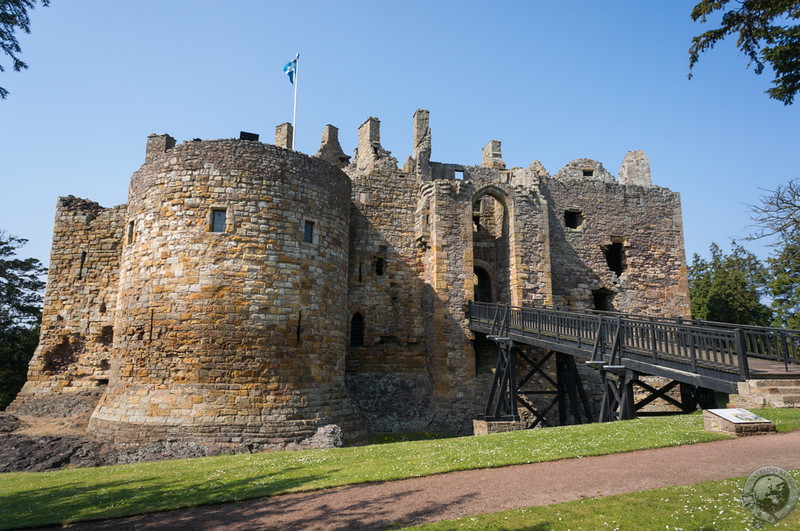
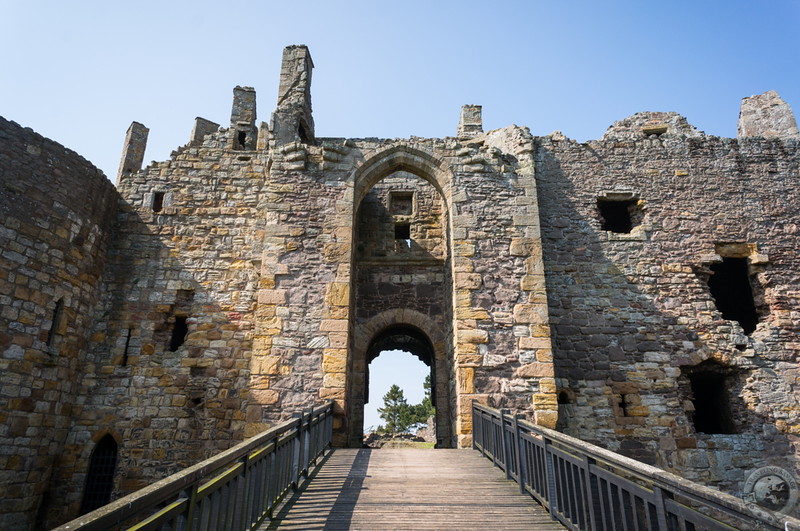
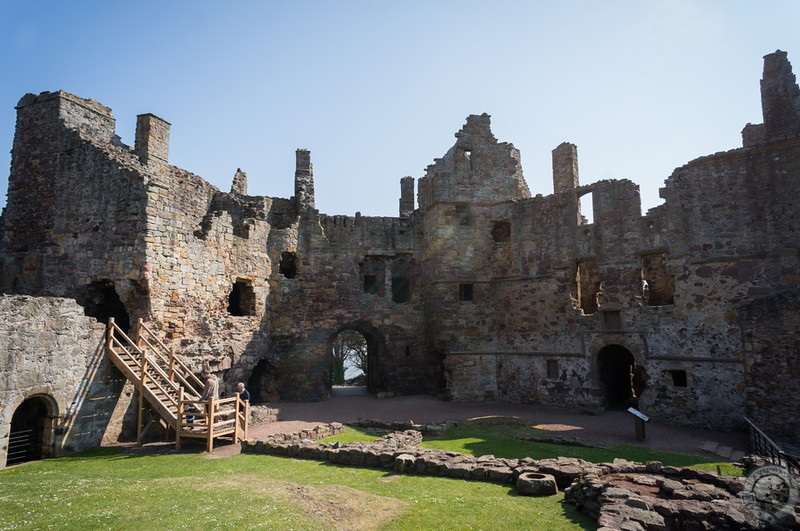
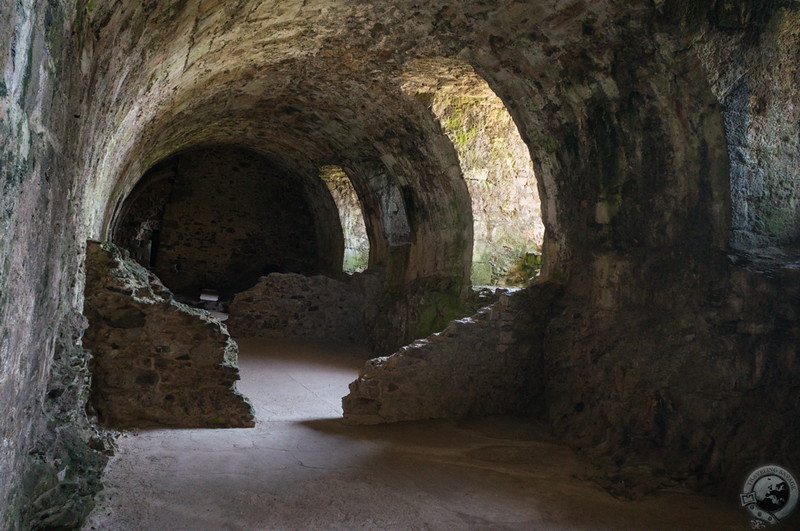
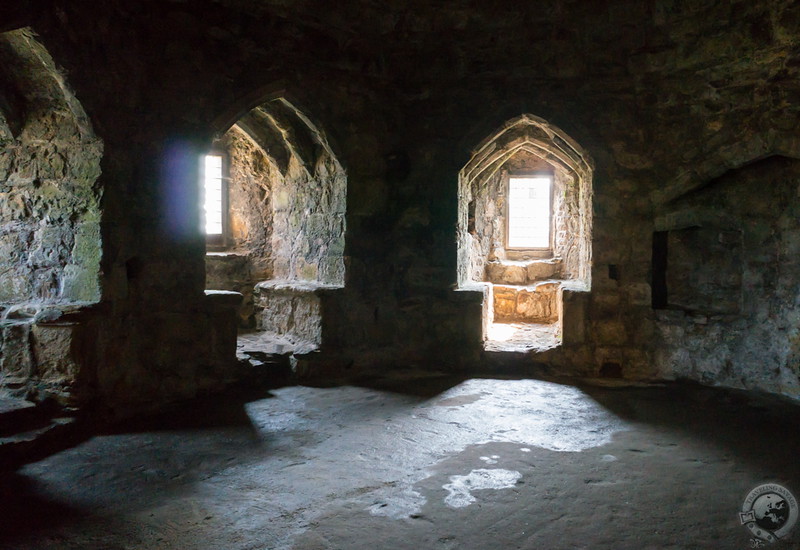
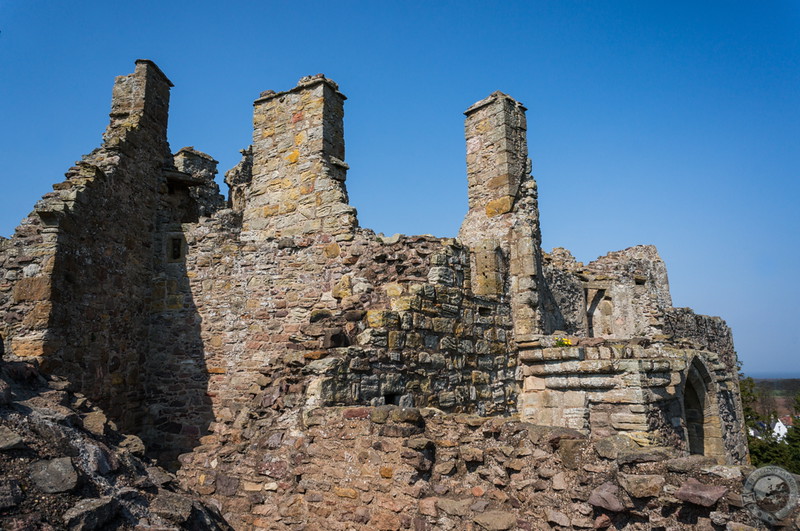
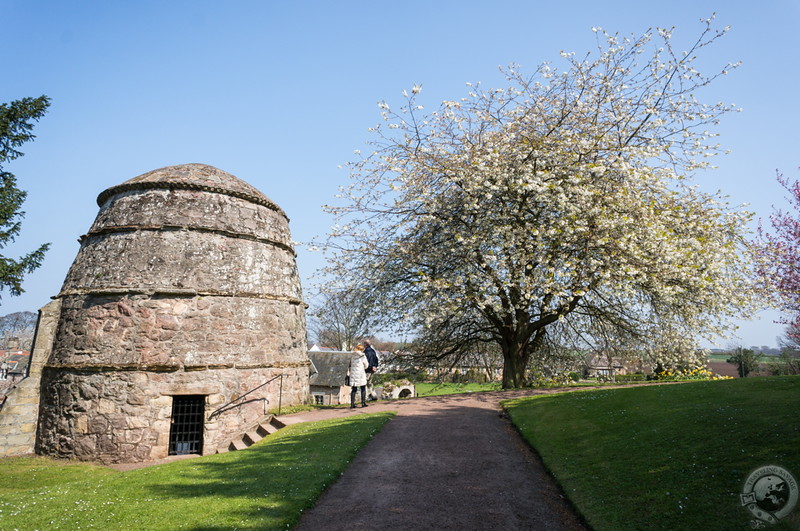
What a beautiful place. I would love to go.
Such places are legendary. I mean it really contributes to the history.
Glad places as historic as this do exist. Thanks for an author like you.
Love this! I’ll be visiting Dirleton in June, and am so much looking forward to it!
[…] eye of Robert Stewart, Duke of Albany, and ruler of Scotland in all but title. Tantallon Castle and Dirleton Castle also hail from this busy period in Scottish construction, and I’m now sure this era is my […]